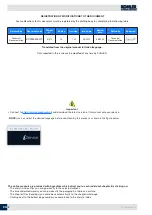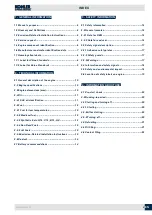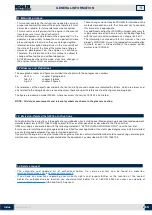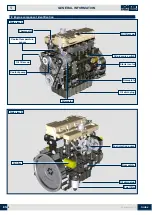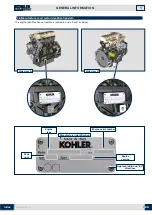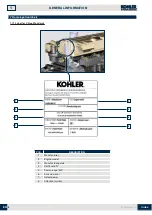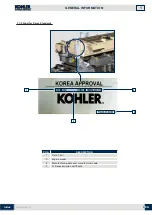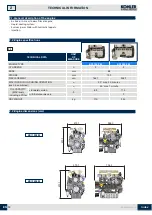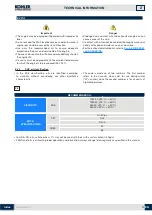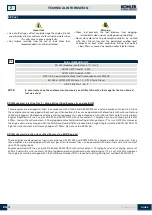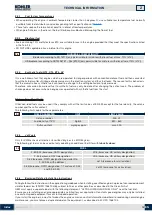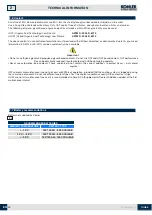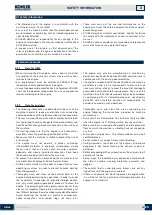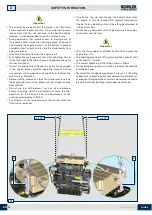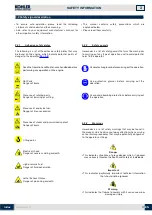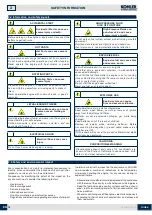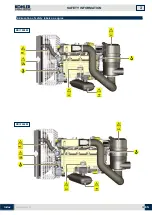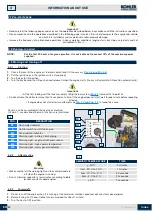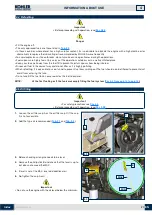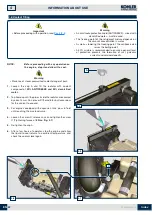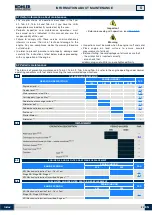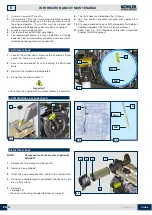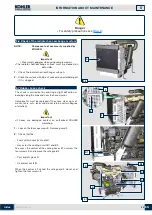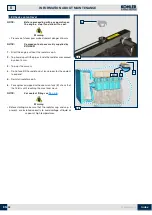
_14
.1
11
2
2.2
EN
2.4.1
SAE oil classification
• In the SAE classification, oils are identified according
to viscosity without considering any other qualitative
characteristic.
• The code is made up of two numbers. The first number
refers to the viscosity when cold, for use during winter
("W"= winter), while the second number is for viscosity at
high temperatures.
2.4 Oil
Important
• The engine may be damaged if operated with improper oil
level.
• Do not exceed the MAX level because a sudden increase in
engine rpm could be caused by its combustion.
• Use only the recommended oil to ensure adequate
protection, efficiency and service life of the engine.
• The use of lubricants other than recommended may shorten
the engine life.
• Viscosity must be appropriate to the ambient temperature
to which the engine is to be exposed (Par. 2.4.1).
Danger
• Prolonged skin contact with the exhausted engine oil can
cause cancer of the skin.
• If contact with oil cannot be avoided, thoroughly wash your
hands with soap and water as soon as possible.
• For the exhausted oil disposal, refer to
• Low S.A.P.S. oils, sulfate ashes <1% may not be used with fuels with a sulfur content >50ppm.
• Filtration of oils is critical to proper operation and lubrication; always change filters regularly as specified in this manual.
RECOMMENDED OIL
VISCOSITY
SAE
10W-30 (-25°C ÷ +40°C)
10W-40 (-25°C ÷ +50°C)
5W-30 (-30°C ÷ +40°C)
0W-40 (-40°C ÷ +50°C)
WITH
SPECIFICATIONS
API
CI-4 Plus
CI-4
CH-4
ACEA
E7
E5
ED0053029510
Index


